
In the solo exhibition Heimat Camp, on view at Škuc Gallery from 12 May to 11 June 2023, Gašper Kunšič appropriates visual references from the Slovenian countryside of his childhood as well as folk motifs and pop culture from the region of the former Yugoslavia. Through interventions and works, he transforms exhibition spaces into emotionally charged environments that subvert the traditional and create a new (folklore) world for those who do not belong. Through the construction of a so-called camp reality, he establishes spaces that are marked by pain and non-acceptance in memory, and which, with the artist’s intervention in the spaces of Škuc Gallery, represent a temporary refuge.
The exhibition is accompanied by a text by art historian Jure Kirbiš, who elucidates the work of Kunšič through camp theory and places it in a broader art historical context, as well as the artist’s book of the same title, co-produced with the International Centre of Graphic Arts Ljubljana (MGLC Ljubljana).
________________________________________________________________________________________________________________
“There’s no place like home,” Dorothy repeats in The Wizard of Oz, hoping that this mantra will bring her back to the black-and-white world of the Kansas farmhouse she wanted to escape from at the beginning of the film. Heimat Camp deals with artist Gašper Kunšič’s ambivalent relationship to the notion of home, looking from home through a Technicolour rainbow to the world, and from the world through it back to home. In his works, he interprets, adapts and appropriates the archetypes of the environment he grew up in with his own queer sensibility. He incorporates figures, images and forms from the folk tradition, the legacy of monumental socialist sculpture and muralism, and Catholic iconography of angels, doves and the pierced heart. He immerses the images in a world of imaginative apparitions, emotional rawness and exuberant pathos, using geometric conception to shape them into figures that he can control as an artist and as a person. The colourful world of Oz is but a mirrored and enhanced reality of Dorothy’s everyday life.
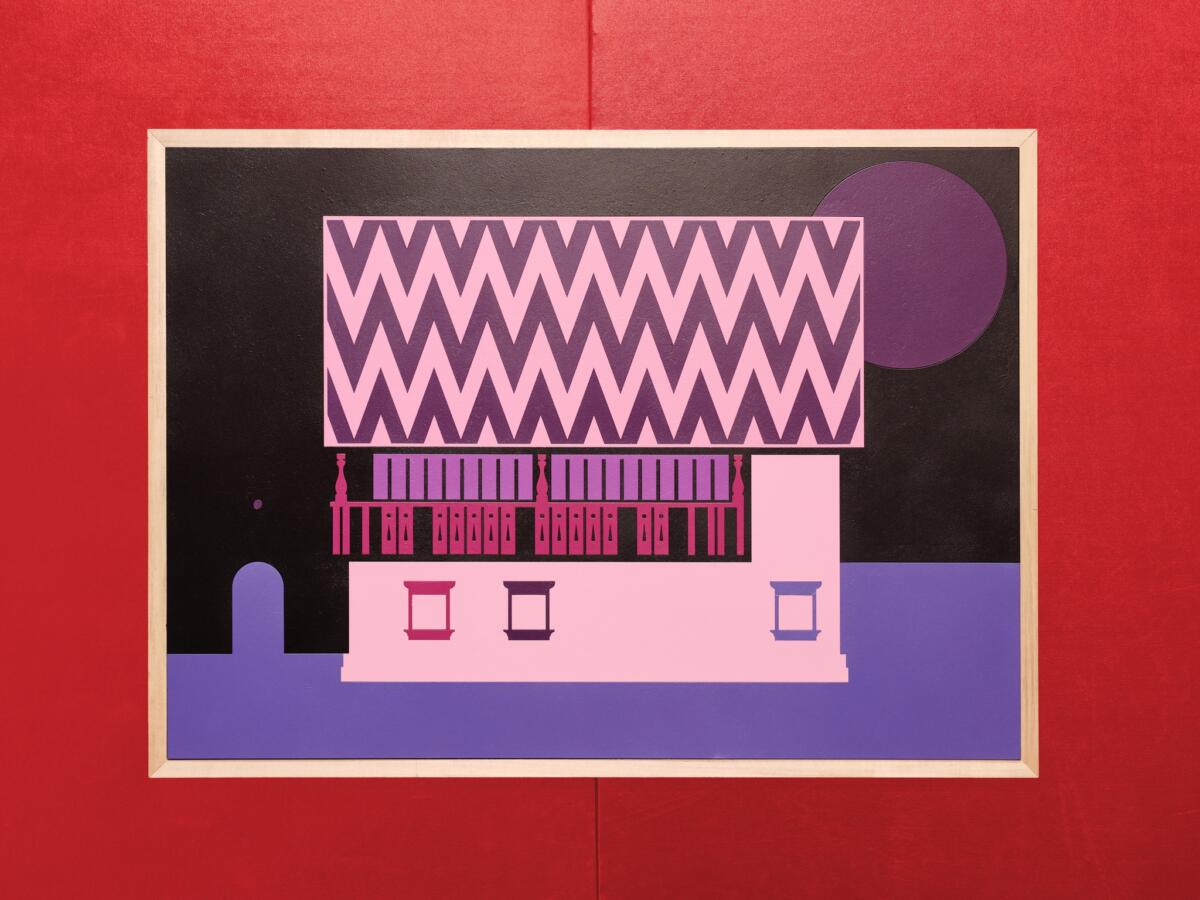
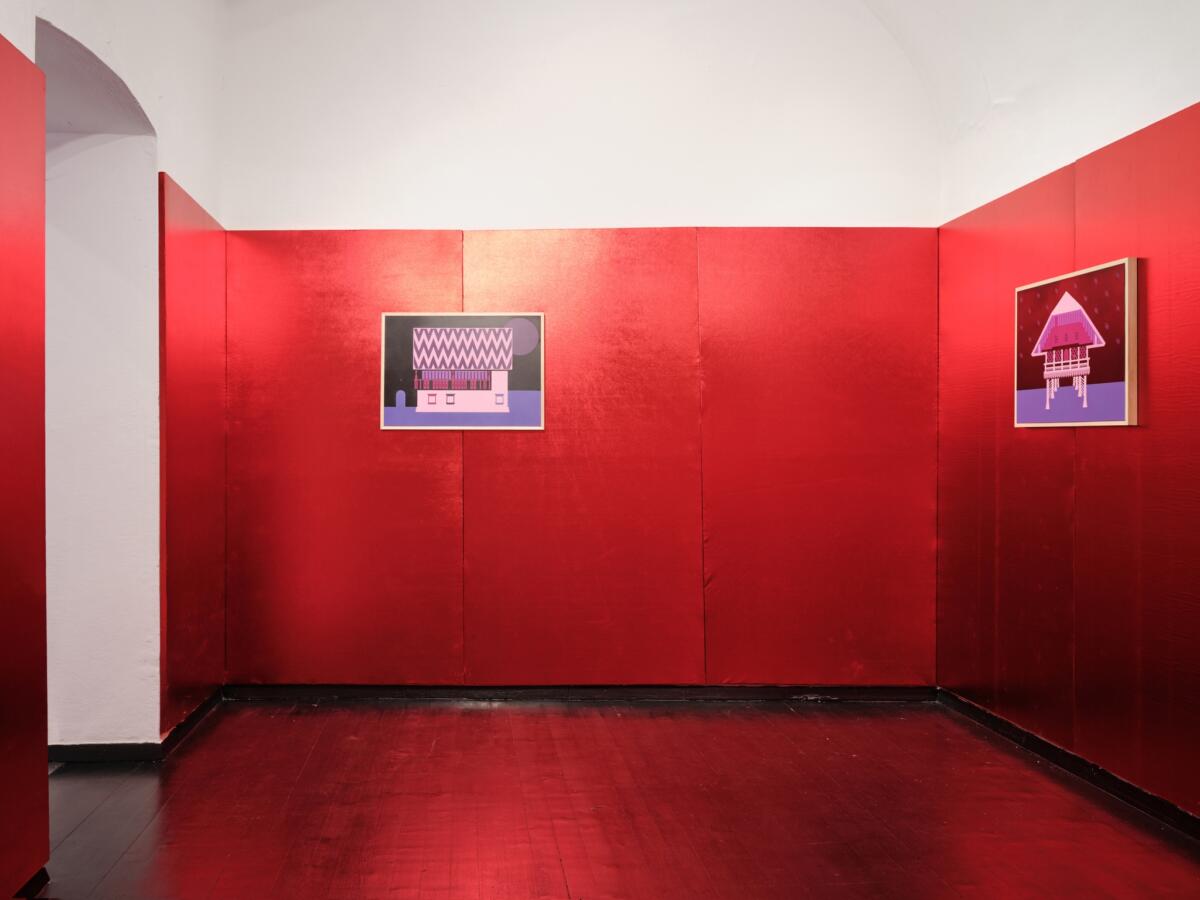
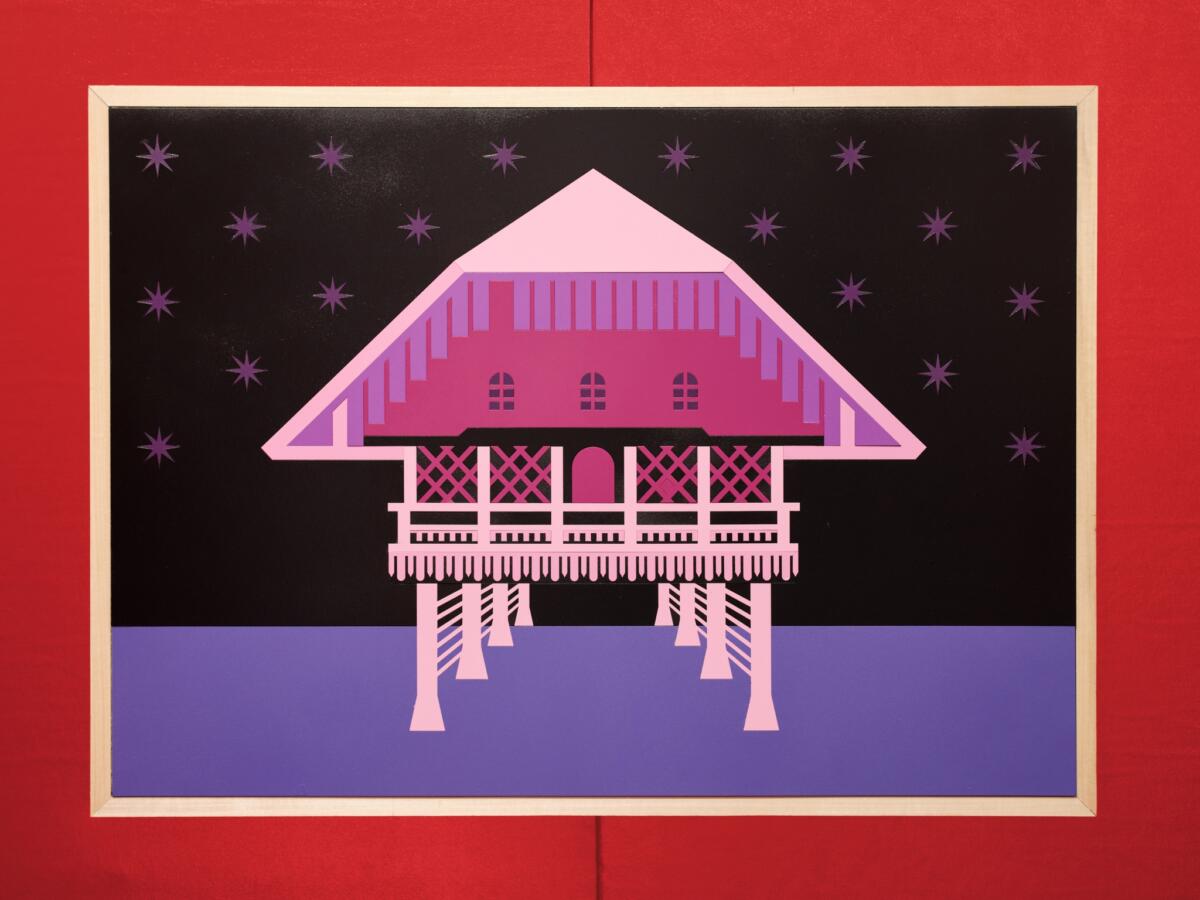

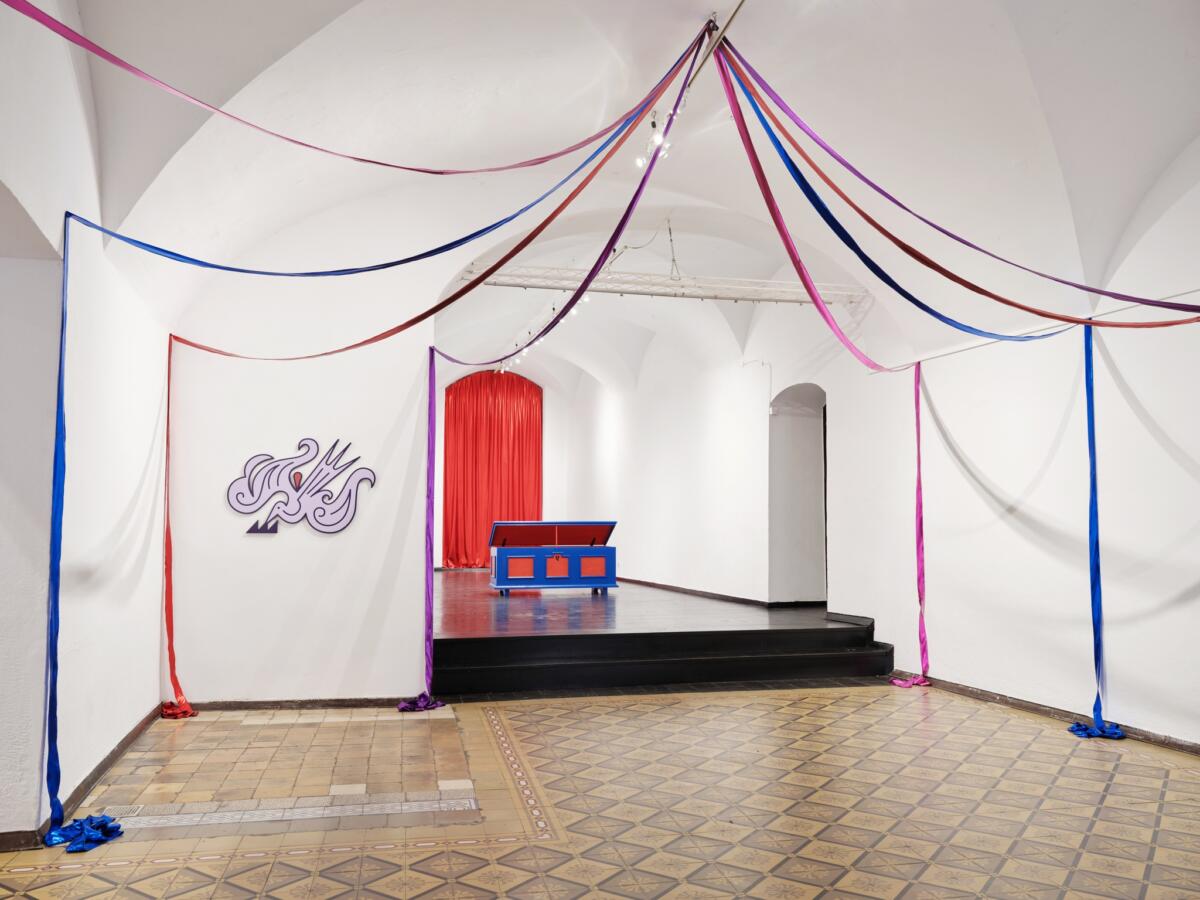
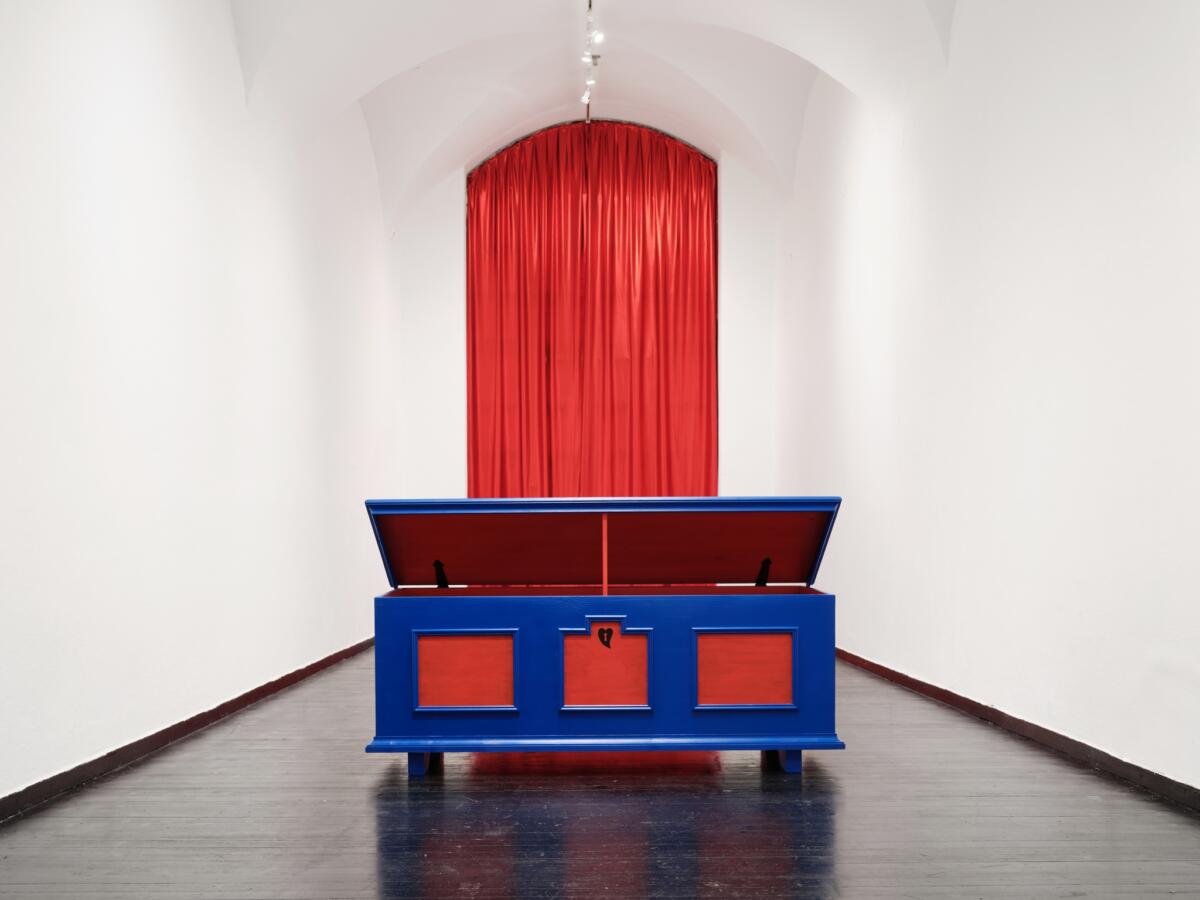
For Kunšič, home is the field of the eternal struggle between being trapped in the entrenched expectations and social norms of a conservative environment on the one hand, and the dreamy world of pastoral pleasures and homesickness in a rose-coloured rear-view mirror on the other. Where is the place for a boy with a sensitive character and an artistic disposition? Kunšič counters the inner schism with the method of hyper-identification. Camp, a sensibility rather than an aesthetic category, is a way for him to detach himself from the external definitions of home and make his own construction of the meaning of home. The notion of camp can be understood as a way of seeing and a survival strategy; it comes from queer culture and was theoretically framed by Susan Sontag in her essay Notes on “Camp” [1].Camp brings social clichés and moulds to the point of sublimation through exaggeration and potentiation, thus exposing and disarming them of their repressive levers.
Sontag divides camp into the accidental, the sincere and the naïve, as well as the one that is self-aware, the one that is the means of communication. Both are a coded language that is not derived from the text or form itself, but from the reception of the text or form by the receiver, the reader, the viewer. It is a secret language within a community of like-minded people, a celebration of the fantastic, the marvellous, the extraordinary in the often mundane, the simply bad or even deplorable. Through the prism of camp, Kunšič wrenches the love of home, patriotism – an ideologically charged and politically exploited concept – from the grip of insidious traditional values and nationalist instrumentalisation and offers a different, fearless, loving and reassuring – these are also the qualities of his Guardians – interpretation of home. Blut und Boden[2] become kin and space if we are allowed a little drama. Kunšič’s Heimat Camp is, to follow Sontag, both sincere and naïve, but also pointed, purposeful, at times one or the other.

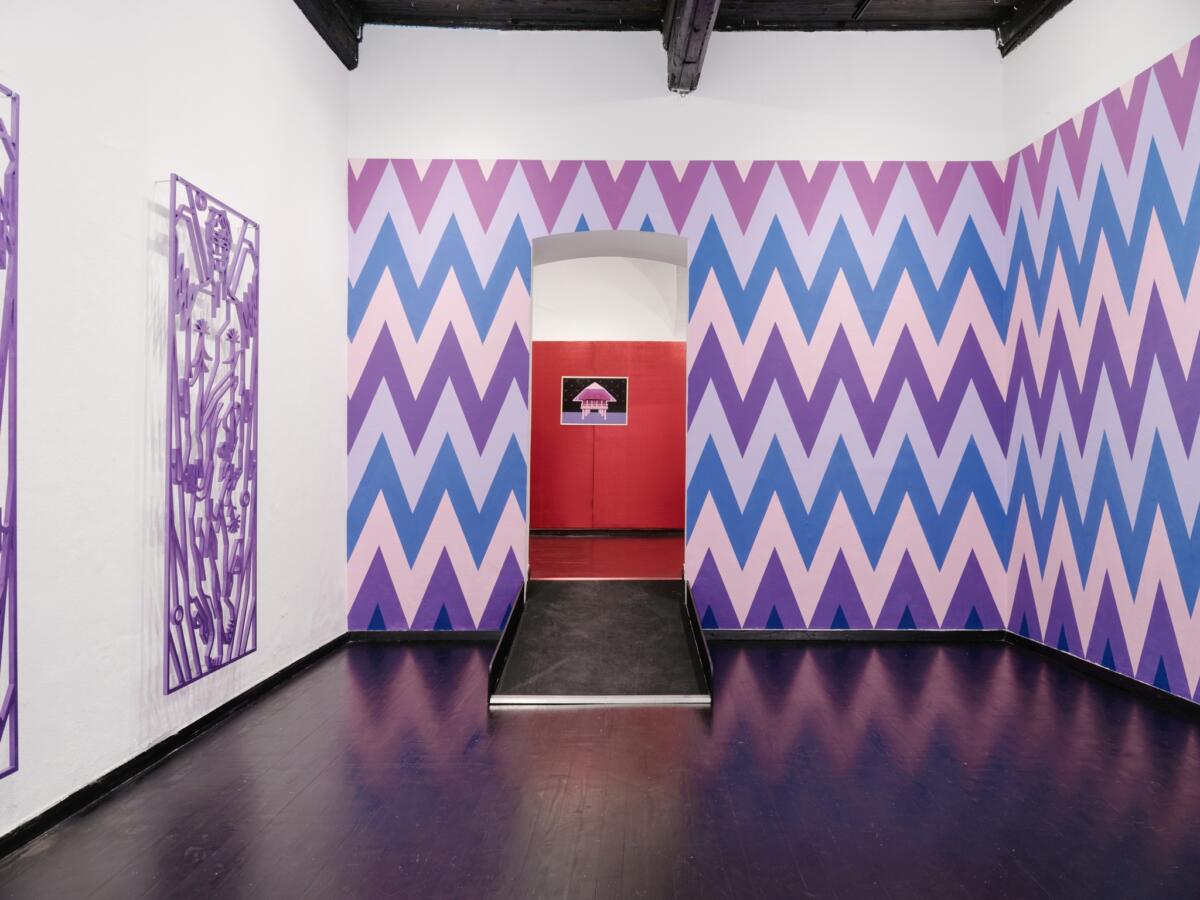
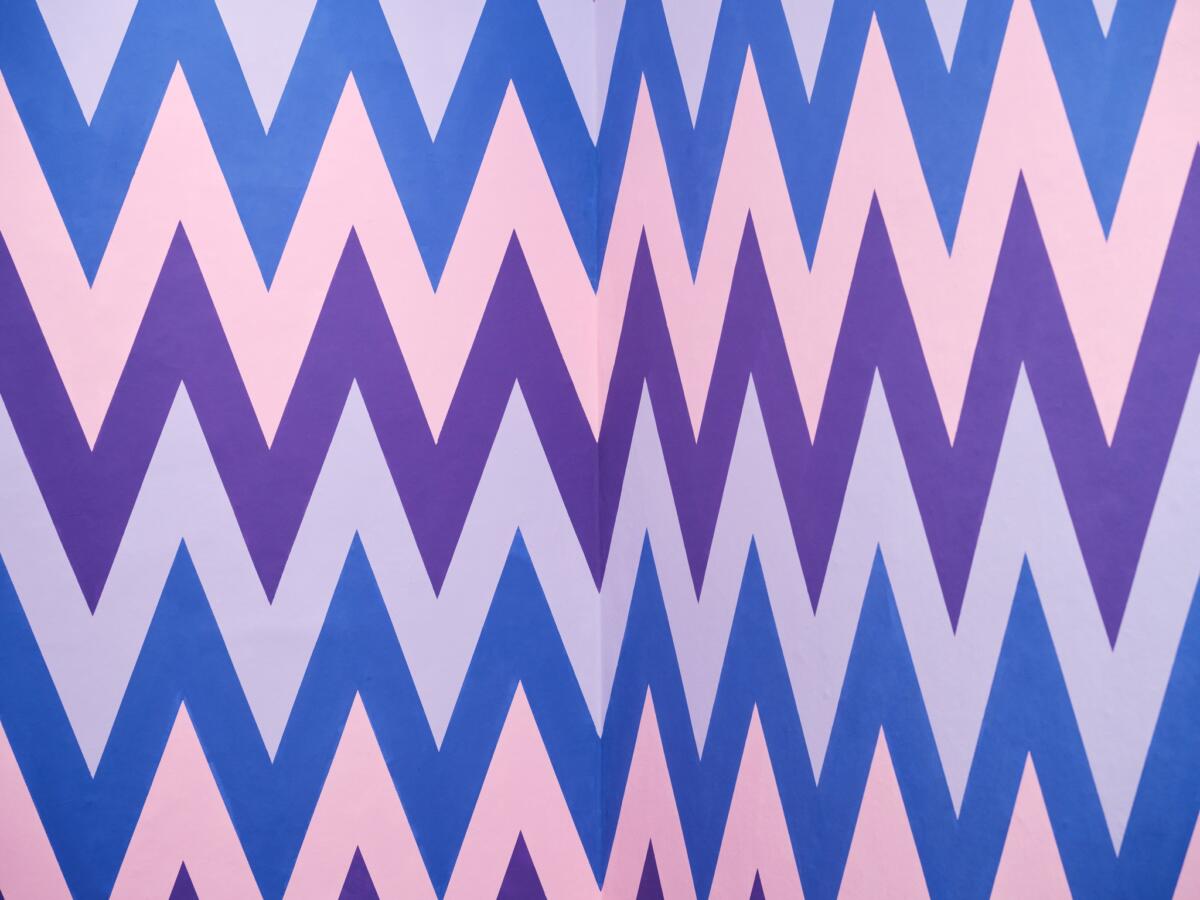




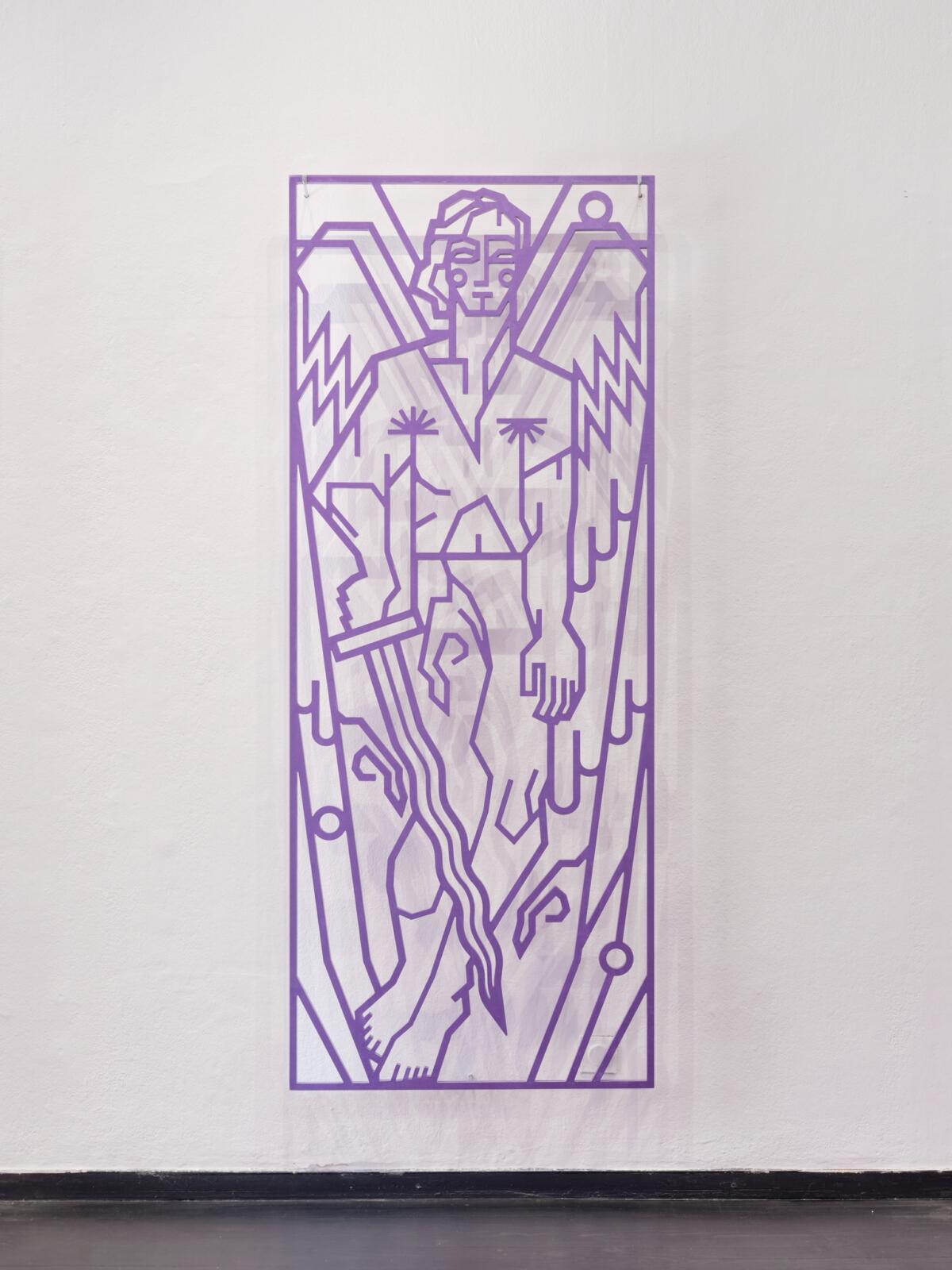
The main building blocks of Kunšič’s images are the figure, the ornament and the text. He draws inspiration from the figurative, from the male figure, including his own, which oscillates between the physical strength of heroic valour and the vulnerability of corporeality and spirit. Despite the figures’ characteristic angular contours, there is a softness to them. A gaze of doe-eyed melancholy or sparkling zeal, flushing of the cheeks, a relaxed contrapposto stance, a limp wrist. The homoeroticism implicit in socialist monuments and, ultimately, in the altarpieces of martyrs, saints and angelic figures is made flesh. The figures are often framed or, in larger, spatial installations, squeezed to the edges of the space. Sometimes they are positioned front-facing like icons, other times in a contorted spasm.
A curved line is reserved almost exclusively for ornamental elements. Kunšič elevates the folk ornament – the carnation, the ivy leaf, the cockerel, the wreath, the pattern of the wooden fence – in a camp manner to an autonomous image rich in connotations. The ornament, which Adolf Loos called a crime[3], can be read in Kunšič’s work in terms of queer emancipation. The superfluous, the over-the-top, the kitschy, that which has no place in serious art, is brought into focus – it demands consideration. Where ornament and social structure meet – in the symbols of the state – is the source of Kunšič’s colour palette. At the beginning of the artist’s career, the colours of the Slavic, Yugoslav and Slovenian tricolour were clearly divided, while in the recent period, they have been increasingly mixed into shades of pink and purple.

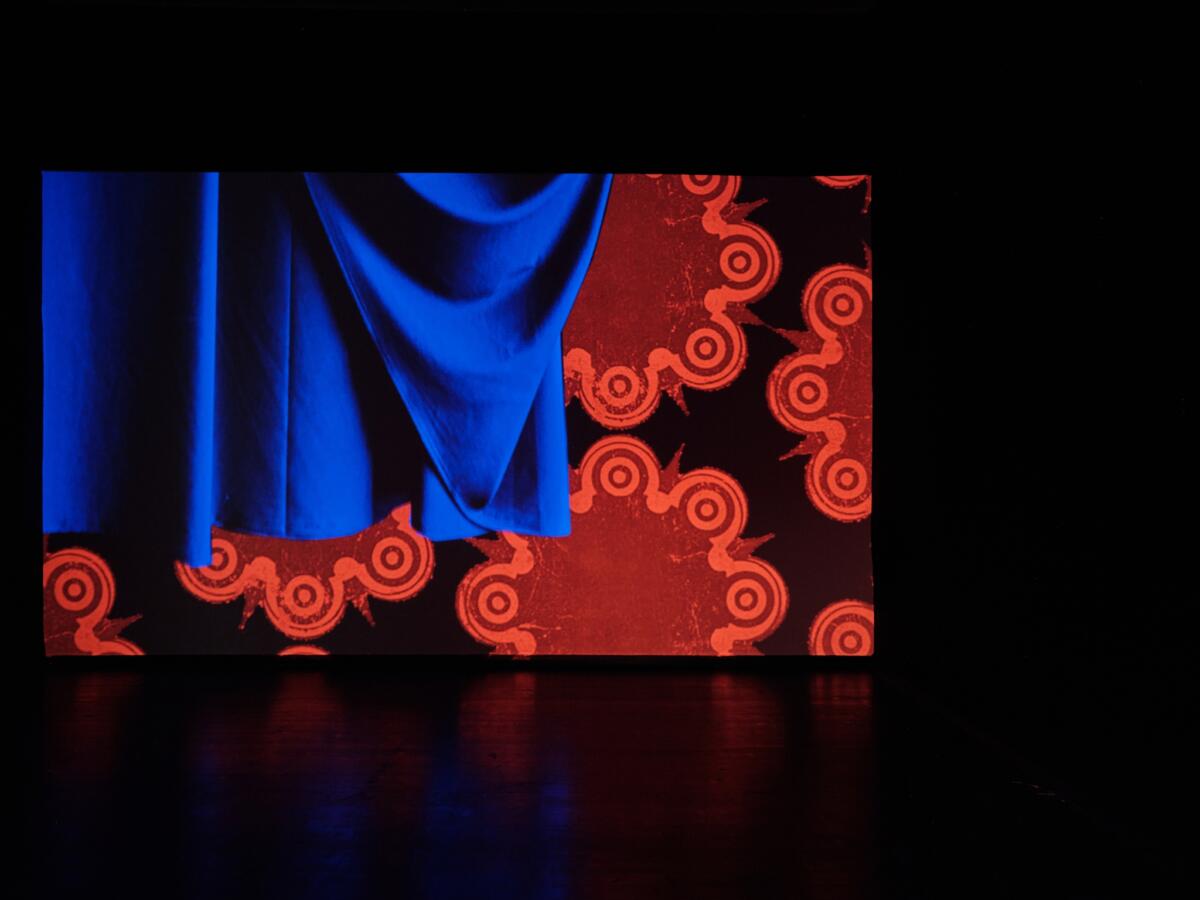


The ornament also appears in Kunšič’s imaginarium through the use of music. As a recurring pattern, it sways through the motifs of Oberkrainer waltzes and polkas, and the repetitiveness of Slovenian evergreen melodies and pop songs. The lyrics and myths of the Slovenian female singers – especially that of Helena Blagne, a camp icon and a guardian of queer communities since the 1990s in her own right – touch the artist in a particularly visceral way. He reads the lyrics like poetry, like gospel. “The silver river is the memory of the happiness of our shared youth.” Who would dare deny the emotional charge of this verse and the images it evokes?
In the self-imposed exile in Vienna and Frankfurt, Gašper Kunšič reflects on home. Just as the Viennese “vesnani”, members of the Vesna art association, did more than a century before him; Gvido Birolla, Maksim Gaspari, Hinko Smrekar and others. From a distance, he can see the places, images, customs, people and stories they tell each other with more clarity, but also more romantically. He looks towards the traditionally decorated wooden chest at home, where memories, experiences, pain and skeletons are hidden. Along the way, he avoids the pitfalls of self-exoticisation and arrives at a thoughtful autopoetics that simultaneously reveals and protects him. He weaves the complexity of his own identity into an embroidered cloak under which he can invite others too, others who share – or can at least imagine – a similar experience to his own. In Heimat Camp, Gašper Kunšič creates the space, image and form of home after his own heart and asks the question: To whom does the love of the homeland belong?
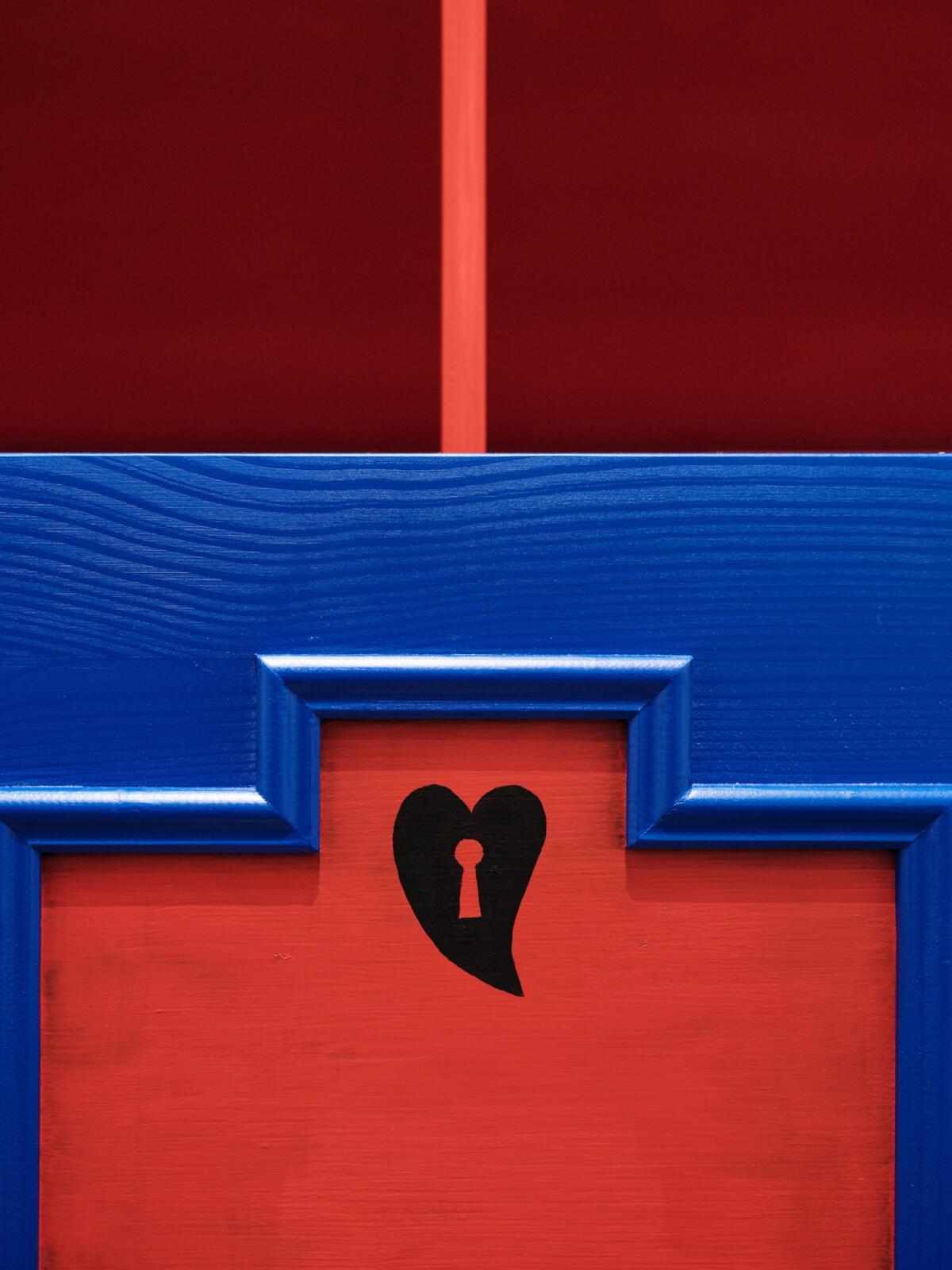

________________________________________________________________________________________________________________
Gašper Kunšič (1992) studied at the Academy of Fine Arts and Design, University of Ljubljana, Universität für angewandte Kunst Wien, Akademie der bildenden Künste Wien and Hochschule für Bildende Künste – Städelschule in Frankfurt. He received a scholarship from the Ministry of Culture of the Republic of Slovenia to study abroad.
He has exhibited at House of Spouse (Vienna, 2023), Wien Museum MUSA (Vienna, 2022), Municipal Gallery of Ljubljana (2021), Gallery Gallery (Ljubljana, 2021), Austrian Cultural Forum (London, 2019), Kino Šiška Centre for Urban Culture (Ljubljana, 2018), Krinzinger Projekte (Vienna, 2018), Kunstraum Niederösterreich (Vienna, 2017), UGM Studio (Maribor, 2016). He participated in the Biennale Mediterranea 19 (San Marino, 2021).
In his work, he appropriates visual references from the Slovenian countryside of his childhood, as well as folk motifs and pop culture from the former Yugoslavia. Through interventions and works, he transforms exhibition spaces into emotionally charged environments that subvert the traditional, creating a new (folklore) world for those who do not belong. He lives and works in Vienna and Frankfurt.
[1]Sontag, Susan. 1964. Notes on “Camp”. New York: Partisan Review.
[2]Blood and Soil.
[3]Loos, Adolf. 1913. Ornement et Crime. Paris: Les Cahiers d’aujourd’hui.
Imprint
| Artist | Gašper Kunšič |
| Exhibition | Heimat Camp |
| Place / venue | Škuc Gallery |
| Dates | 12. 5. – 11. 6. 2023 |
| Curated by | Tia Čiček |
| Photos | Klemen Ilovar |
| Website | www.gasperkunsic.com/ |
| Index | Gašper Kunšič International Centre of Graphic Arts Ljubljana Jure Kirbiš Klemen Ilovar Škuc Gallery Tia Čiček |
